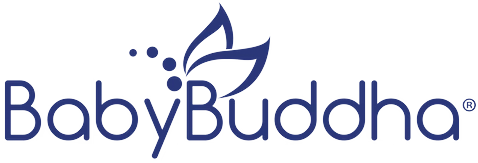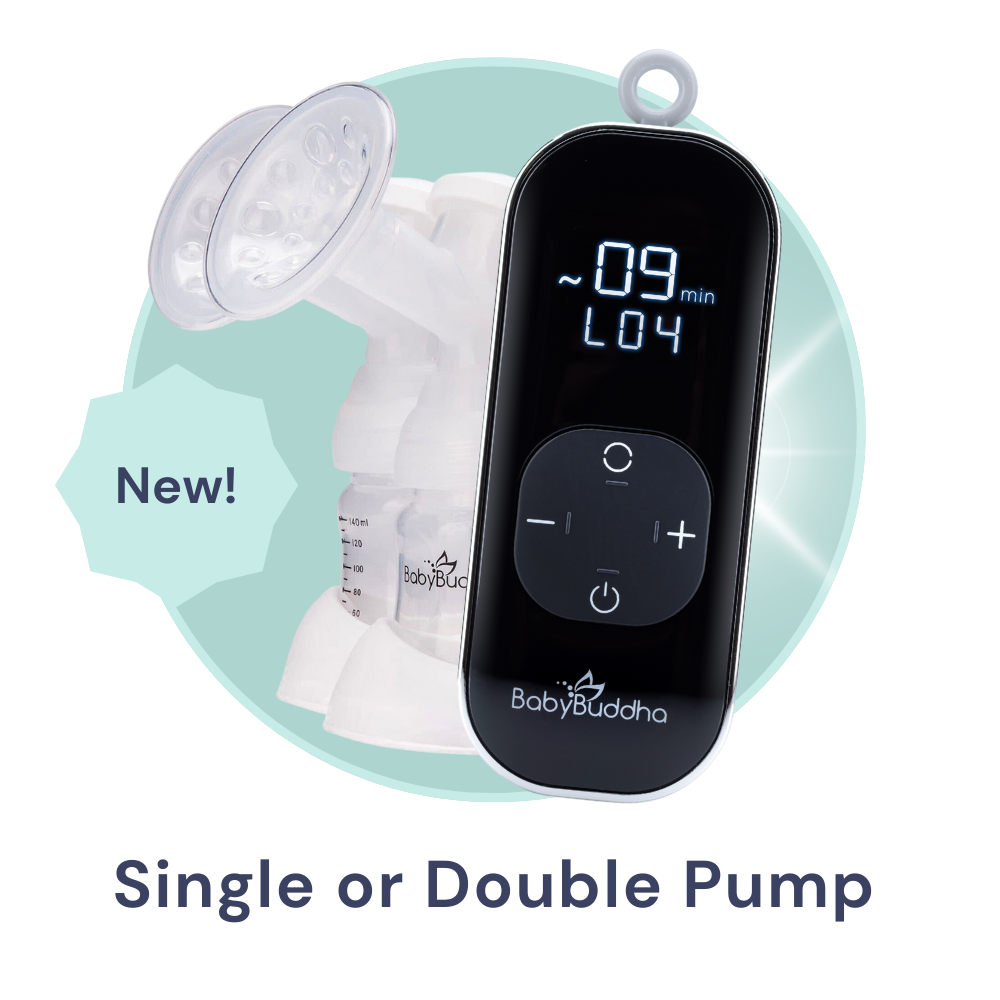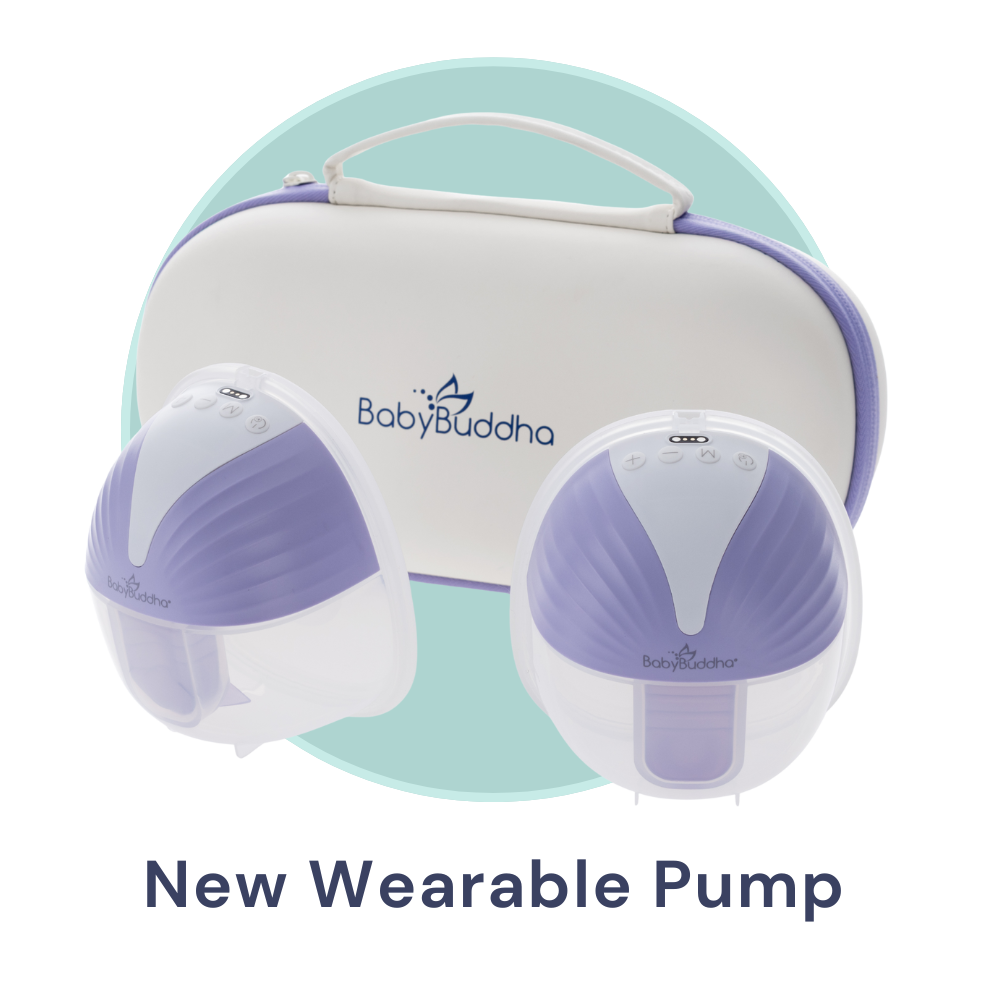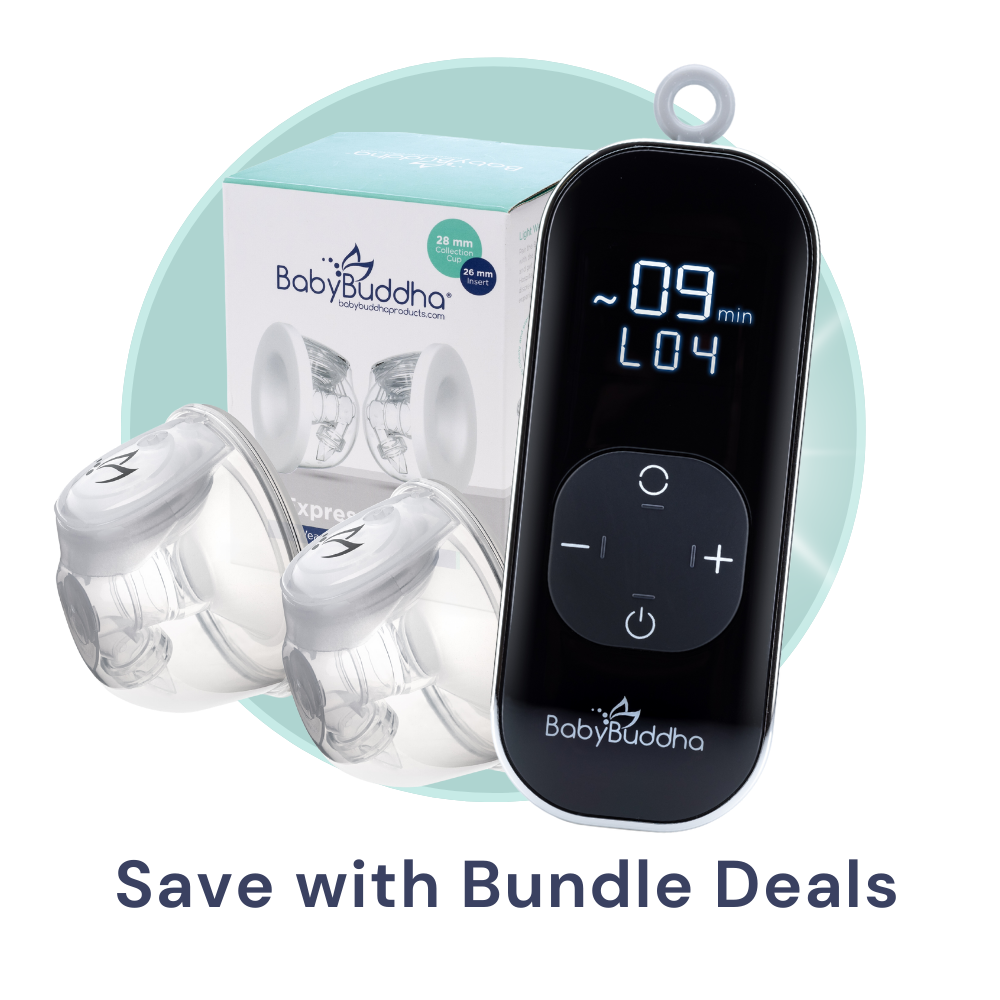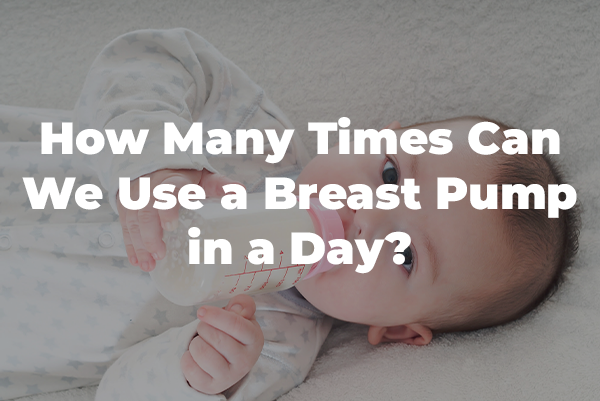In the early days of being a new mom, feeding your baby and how much they are eating is often one of the only things on your mind. One of the most important things to learn while you are pregnant is how to practice safe breast milk storage.
Whether you are exclusively pumping or pumping to offer occasional bottles in addition to breastfeeding, knowing how to properly store your expressed human milk is crucial to ensure that it is safe for your baby to drink. This guide is for you no matter which category you fall into!
We know that all the things you have to learn can be overwhelming, and we are here to help. A quick note before we begin, these guidelines are for healthy full-term babies. Please consult your medical provider if your baby was born prematurely or has other health complications.
Now, let’s dive into our complete guide for safe breast milk storage.
Before Handling Breast Milk
Before expressing or handling breast milk, take a moment to wash your hands. We collect germs on our hands throughout the day. You'll want to make sure to minimize the spread of germs before you get started.
Use soap and water if you can. If soap and water aren't available, use a hand sanitizer with at least 60% alcohol instead. Some breast pumps, like the BabyBuddha® Manual Pump, can be cleaned in as little as a minute by flash-boiling.
Some moms choose to express milk by hand. You can also use a manual or electric pump if you prefer. If you decide to pump, take the time to double-check that everything is completely clean before you get started.
Are you using a hospital-grade multiuser pump provided by some workplaces? Clean everything before you get started. That includes the power switch, countertop, and pump dials. Use a disinfectant wipe to make sure everything is clean before you begin. Be cautious with shared pumps, as the FDA recommends that breast pumps, particularly manual pumps, be considered single-use items.
After you're done using the pump kit, clean and sanitize everything. Store your pump kit, feeding items, and baby bottles away once they're clean. Cleaning and storing everything can help protect your breast milk from potential contamination.
Proper Storage of Expressed Breast Milk FAQs

Before we jump into refrigerator and freezer storage, let’s look at some key questions regarding breast milk storage guidelines:
How Long Can Breast Milk Sit Out?
In general, breast milk can sit out at room temperature for approximately four hours after being pumped. This is true as long as the temperature of the room it is in is less than 77º Fahrenheit (25º celsius).
If you will not use the milk within four hours, either refrigerate it or freeze it to preserve its nutrients and freshness.
An important note is that it is normal for the fat in breast milk to separate. This likely does not mean that it has spoiled. Simply swirl or shake the bottle to reincorporate it.
What Should I Store Breast Milk In?
Before removing the milk from your pump of choice, ensure you have once again washed your hands. Proper hand washing is vital to breast milk storage to prevent contamination from germs, allergens, or other things you may have touched while you pumped.
You have a few options for what you can store your expressed or pumped milk in:
Option One: Breast Milk Storage Bags
- Breast milk storage bags are created specifically for human milk storage and freezing. Be sure to use breast milk storage bags specifically. Never store breast milk in plastic bags not made for storing human milk.
- Some brands even allow you to attach their bags to your breast pump and pump directly into the bags.
Option Two: BPA Free Plastic Baby Bottles or Plastic Containers With Tight-fitting Lids
- These are best if you only plan to store milk for an hour or so until you feed it to your baby or if you plan to refrigerate it immediately.
- You can usually use the bottles attached to your pump as storage containers in between pumping sessions.
Option Three: Glass Storage Bottles or Containers With Tight-fitting Lids.
- Glass baby bottles are also an ideal storage vessel for temporary breast milk storage on the counter or in the refrigerator.
If you go with option two or three, the containers are clean and completely dry before transferring the milk into them.
Another tip is to check the number in the recycle symbol on your storage bags or containers and never store breast milk in containers that have the recycle number seven. These containers have a higher chance of containing BPA, which can be unhealthy.
Many insurance companies will cover breastfeeding supplies such as milk storage bags in addition to covering your breast pump. Check with your specific insurance company for more information, and get started on filling out coverage forms.
My Baby Didn’t Finish a Bottle, Can I Reuse It?
Once your baby has begun to consume a bottle, whether the milk was fresh, refrigerated, or thawed from frozen, use it within two hours. After the two hours are up, if the bottle is still not finished, it will need to be discarded.
Breast Milk Refrigerator Storage Guidelines
Before placing stored breast milk in the refrigerator (or freezer), clearly label the bag or container with the following:
- Baby’s name (especially if you will be giving the milk to a childcare provider for feeding)
- The date and time that the milk was pumped
Fresh breast milk can be safely stored in your refrigerator for up to four days without needing to be frozen. Only store milk in the refrigerator if you know you will use it within the four-day time frame. Otherwise, it should be frozen right away to preserve nutrients. Your refrigerator shouldn’t be warmer than 40º Fahrenheit (4º celsius).
Never store breast milk in the refrigerator door if avoidable. Instead, store it near the back of the refrigerator. The back of the fridge will keep the milk colder and better protect it from the potential temperature changes (no matter how slight) from opening and closing the door.
If you have completed your maternity leave and are back at work, it’s okay to store your fresh breast milk in a shared refrigerator, providing that the storage container is properly labeled with your name so that no one confuses it for anything else. Take any pumped milk home with you at the end of the work day.
Additionally, if you’re traveling and not near a refrigerator for several hours after pumping, it’s okay to store the containers in an insulated cooler with frozen ice packs. You can store breast milk this way for up to 24 hours, and then it must be either refrigerated, frozen, or discarded.
Breast Milk Freezer Storage Guidelines

Freezing breast milk is perhaps the most common form of breast milk storage utilized by moms everywhere. Your freezer should be 0º Fahrenheit (-18º celsius) or lower, and some research shows the colder the freezer, the better. A deep freezer would be best if you have access to one.
A general guideline for freezer storage length is up to six months. However, The American Academy of Pediatrics states that up to 12 months of freezer storage is acceptable.
As with refrigerating breast milk, it’s important to store frozen breast milk towards the back of the freezer and never on the door. This will prevent accidental thawing or unintentional temperature changes.
If you are using breast milk storage bags, a favorite tip among moms is to freeze the milk flat. This allows for quicker thawing and easier storage. Again, properly label the bags with your baby's name, date of pumping, and time of pumping.
It’s also recommended to only freeze small amounts of milk at one time in each container. Typically two to four ounces is enough for one storage container, depending on your baby’s age and how much they typically eat at one feeding. This helps to prevent breast milk waste after the milk has been thawed.
How To Thaw Breast Milk
Understanding the specifics of how to properly thaw breast milk and care for it after it has thawed is essential to ensuring the milk is safe for your baby to consume.
Here are some guidelines for proper breast milk thawing:
1. Check the Dates and Use Them in order
Check the dates and times you’ve written on your storage container, and use the oldest milk first. First in, first out. However, if you have been advised by a healthcare provider to use recently expressed milk for a sickness or another reason, choose the more recent dates and times.
2. Thaw Overnight
To thaw in the refrigerator, simply remove the breast milk from the freezer and place it in the refrigerator for several hours or overnight. Use within 24 hours of the milk thawing, not when you put it in the refrigerator.
3. Thaw Milk in Warm Water
- If you need to thaw milk quicker:
- Place it in a bowl of warm water (lukewarm water can also work).
- Hold the bag or container under warm running water.
- If you thaw milk using these methods, it is ideal to use it within one to two hours.
You can warm breast milk after it has been thawed if your baby prefers it that way. To do this, either use a bottle warmer designed for this purpose or place the bottle or storage bag in a bowl or cup of warm (never hot) water.
Test the temperature of warmed breast milk by dropping a little bit onto your wrist. It should feel warm and not hot. If it feels hot, allow it to cool slightly and check it again before offering it to your baby.
How Not To Store and Heat Breast Milk
- Never microwave breast milk. This can deplete some of its nutritional value and also create hot spots in the liquid, which can burn your baby’s mouth or throat.
- Never refreeze leftover milk. If your baby doesn’t finish a bottle, use it within two hours after they begin feeding or discard it.
Knowledge is Power

The more that you know before your baby is born, the better! This can save you a lot of precious time after your little one has arrived. Consider printing this article or creating a graph of safe storage and thawing guidelines to post on your refrigerator so that everyone in your house can access them. They may want to help you with this process to take something off your plate.
Before this process begins, ensure that you have the best breast pump to suit your needs. This includes properly sized flanges. At BabyBuddha, we are here to help with any pump questions you have to guarantee that you have everything you need.
Sources:
How to Keep Your Breast Pump Clean | CDC
Proper Storage and Preparation of Breast Milk | CDC
Pumping and Storing Breast Milk | Office on Women’s Health
How to Store Breast Milk | Parents.com
Frequently Asked Questions | Milk Storage Guidelines | American Academy of Pediatrics
Thawing Breast Milk | Stanford Medicine and Children’s Health
